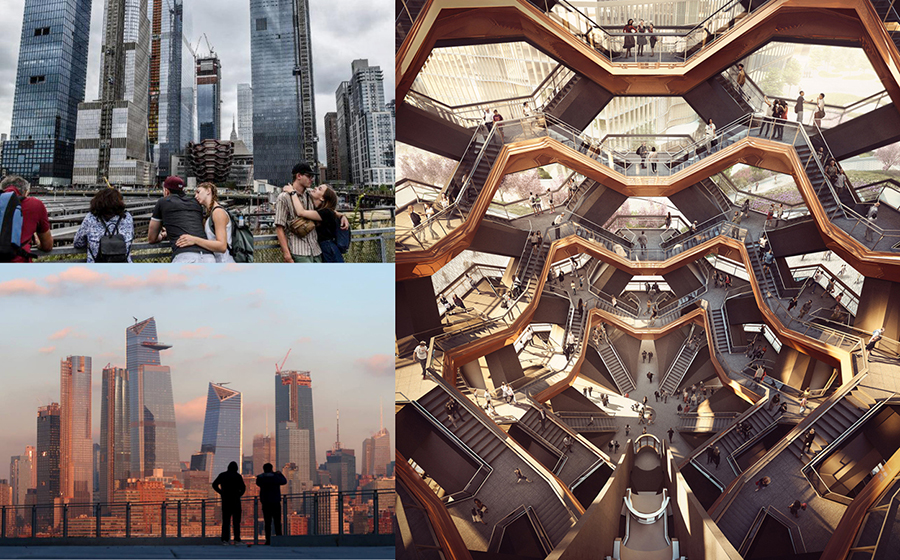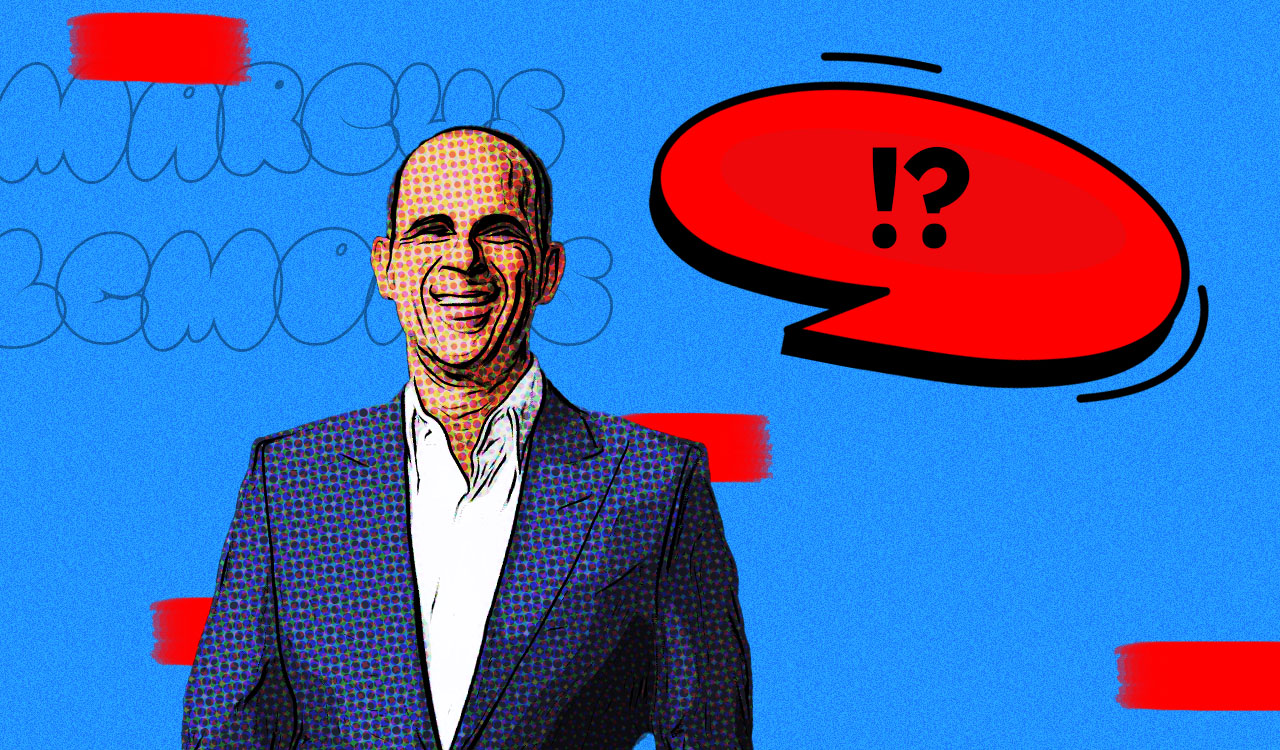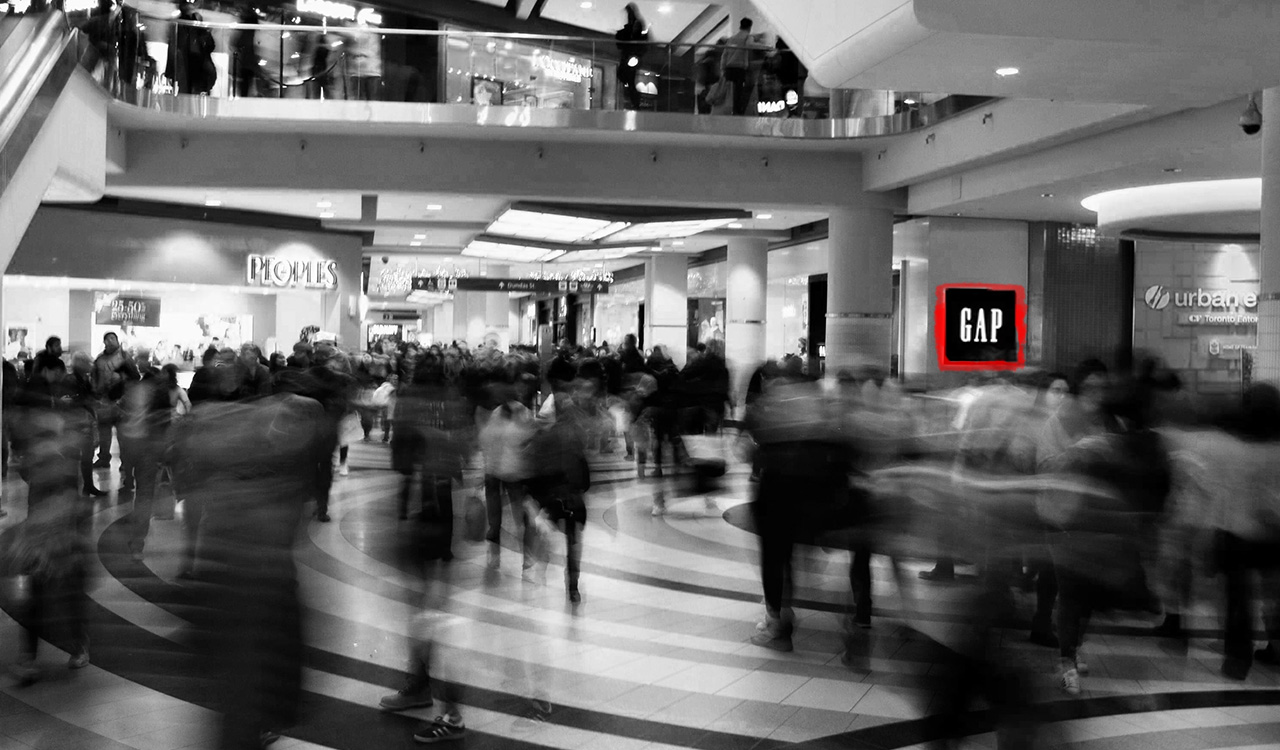The 28-acre mixed-use Manhattan real estate development will open nearly one million square feet of retail space on March 15. With 18 million square feet of residential and commercial development, five office towers including a 1,100-foot tall skyscraper with the city\’s highest outdoor observation deck, the complex will ultimately include 4,000 condominiums, a hotel, and an art and music venue. Dining options include tapas, and hot dogs, as well as foodie bait from David Chang and Thomas Keller. When completed and fully occupied, the complex will be home to 40,000 office workers, 4,000 residents, and a currently unspecified number of retail employees.
Hudson Yards, at a cost of over $25 billion and over ten years of development, has been called the largest private real-estate development in American history.
Developed by Related Companies and Oxford Properties Group, Hudson Yards is located between 30th and 34th streets on the Hudson River in Manhattan, New York City. Spreading from the Jacob Javits convention center to the north, the complex wends its way south to connect with the High Line elevated walkway and public park. Hudson Yards represents the creation of a new neighborhood where for decades only train yards and decaying warehouses lay.
Rising from the Yards\’ five-acre plaza and garden, the iconic \”Vessel,\” stands 15 stories, weighs 600 tons, has 80 \”viewing stations\” and is accessed via 2,500 climbable steps. Its reported cost? $150 million. It is the creation of Thomas Heatherwick, an acclaimed and controversial British designer.
Money Matters
Much of the cost of development is being generously, and quietly, offset by taxpayers. Recently there was an uproar due to New York\’s potential $3 billion in tax support, or lack thereof, for Amazon\’s HQ2 locating, and then not locating, in New York City. That number pales in comparison with the $6 billion in tax incentives and other accommodations provided to Hudson Yards, including $2.4 billion to extend the No. 7 subway line.
Funding Brick and Mortar vs. Online Retailing
Are the Yards a harbinger of things to come, or a final hurrah? Another million square-feet of retail selling space at a time when thousands of stores are closing? This is a gamble for both the developers and the tenants. Yet, the retail space will be 90 percent occupied on opening day, a remarkable feat. Some tenants, those willing to make early commitments, received \”get out of jail free\” cards of short-term one or two-year leases, rather than the standard 10-year lockdowns.
The retail \”shops\” will be anchored by a three-story 190,000 square foot Neiman Marcus department store, the high-end retailer\’s first New York location, and will include other luxury stalwarts such as Cartier, Fendi, Dior, and Louis Vuitton, as well as online brands opening mortar-and-brick shops including Mack Weldon, Warby Parker, and M.Gemi. On the more mid-market end of the retail spectrum, shops will also include, Madewell, Zara and H&M.
\”These things never come without risk, but when you take the project as a whole into consideration, there are so many things going for it that are unique,\” says Jim Gold, departing president and chief merchandising officer of Neiman Marcus. He adds, \”There\’s real substance at Hudson Yards and if you want to go shopping for the day and not be exposed to the elements, it\’s a great alternative with a full department store and a phenomenal line-up of stores, from utilitarian through luxury.\”
Consumers are spending more on experiences, travel, fitness and entertainment rather than clothes, hard goods and accessories; Euromonitor predicts apparel spending will grow just one percent annually in the next two years, down from nearly 4 percent in 2016. Whereas fitness, museums, and dining grew at 6.3 percent between 2014 and 2016, according to a 2018 McKinsey report.
These shifts in consumer preference are driving mixed-use retail concepts across America, and specifically at Hudson Yards. Overall blended experiences, rather than specific stores, brands or classifications, are hoped drive revenue. The whole is planned to be greater than the sum of its parts. \”Retail is as equally important as the restaurants, as equally important in programming hotels and cultural facilities, and all of those things become the matrix that makes up the customer perception,\” Related Urban president and chief executive Ken Himmel said. \”It\’s about quality experiences at every element they touch.\”
Key Questions, Opportunities and Challenges
Under-served or small addressable market? The far West Side of Manhattan has been a \”dead zone\” for decades. Will the Hudson Yards combination of retail, residential, office, and entertainment space create a compelling magnet for new residents and consumers? Will Santa move from Macy\’s in midtown, to Hudson Yards?
Is there room for this luxe retail concept? New York City is an expensive, crowded space. Despite closures of retail flagships including Ralph Lauren, Calvin Klein, Toys R Us, and others, new and upgraded Manhattan flagships include Tiffany, Nike, RH Restoration Hardware, and Nordstrom. Many of the stores, restaurants and entertainment providers already have more than one location in Manhattan. Will the shops and restaurants draw people and business from different parts of the city, changing shopping and transit habits?
Is residential and office real estate the real money maker for Hudson Yards\’ developers, and everything else \”an amenity?\” Some real estate brokers have stated that Related will count on commercial leasing and condo sales for profit, rather than retail. If so, where does this model leave retail tenants? The model for \”vertical\” retail malls in New York City is littered with good intentions and closures: Columbus Circle is the exception that proves the rule. Will Hudson Yards succeed where most others have failed? Does New York, or anywhere in North America, really need another one million square feet of retail space in this evolving retail landscape?
Are the Yards just what we need to give brick-and-mortar retail a shot in the arm? Time, and money, will tell.



